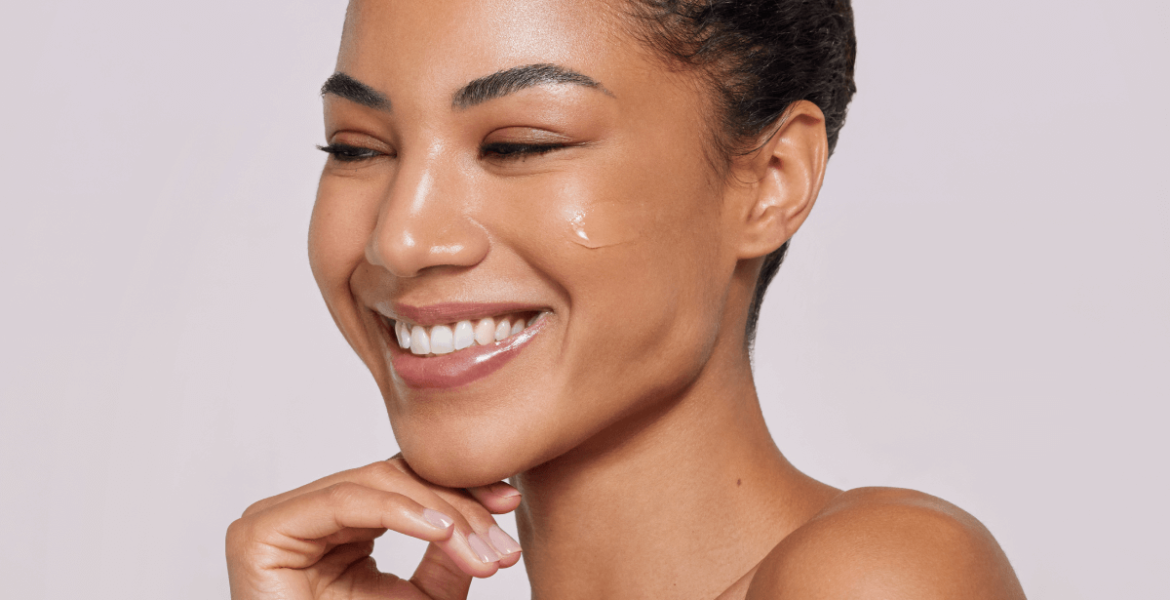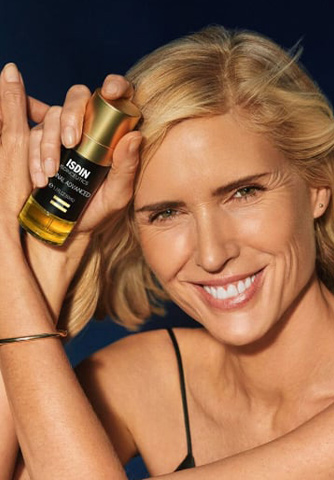Did you know that your skin renews itself naturally every 28 days? But as you age, this process starts to slow. And when old skin cells build up, it can result in a rough, dull complexion.
Fortunately, there’s a simple solution. Exfoliating allows you to make up for the slow down in your skin’s cell turnover, restoring its radiance. Ready to find out everything you need to know about how to exfoliate your face?
Let’s get started.
Table of Contents
- 1 The benefits of exfoliating
- 2 Types of exfoliation
- 3 How to exfoliate your face, step by step
- 4 Tips for a perfect exfoliation routine
- 5 The final word
The benefits of exfoliating
Exfoliation is the process of removing dead skin cells to help promote skin renewal. Your skin does this naturally, but you can also help it along with skincare products and tools. Exfoliation also helps to reinforce your skin barrier, which protects the top layer of your skin from external stressors, like UV rays or pollution.
Why should you add it to your skincare routine? Here are a few benefits of exfoliating:
- Supports natural collagen levels improving skin elasticity
- Helps reduce imperfections, such as fine lines, dark spots or post-acne marks
- Helps boost cell turnover, evening out skin tone and texture
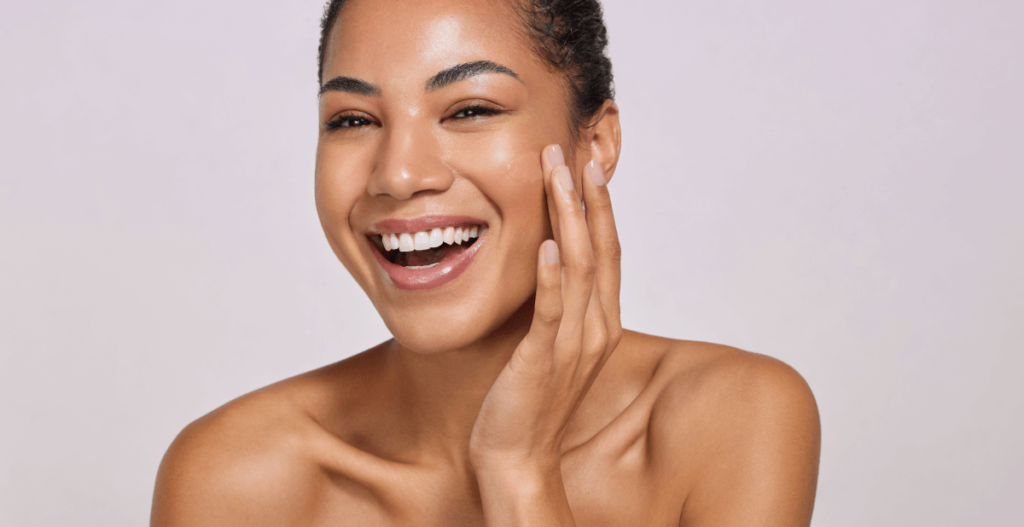
Types of exfoliation
There are two main exfoliation methods. First, physical exfoliation, in which you use abrasive tools or products — like brushes or products with sugar or salt. Then there’s chemical exfoliation, using different enzymes of acids, such as beta-hydroxy acids (BHAs) or alpha-hydroxy acids (AHAs).
Both options have their pros and cons. But, chemical exfoliators are generally a better option for your face, as physical exfoliators can be too rough for delicate areas of your skin.
Beta-hydroxy acids (BHAs)
One of the most effective BHAs is salicylic acid, which is oil-soluble and deeply penetrates the skin. It works particularly well for blemish-prone or textured skin, as it helps soothe, reduce redness, and shed dead skin cells.
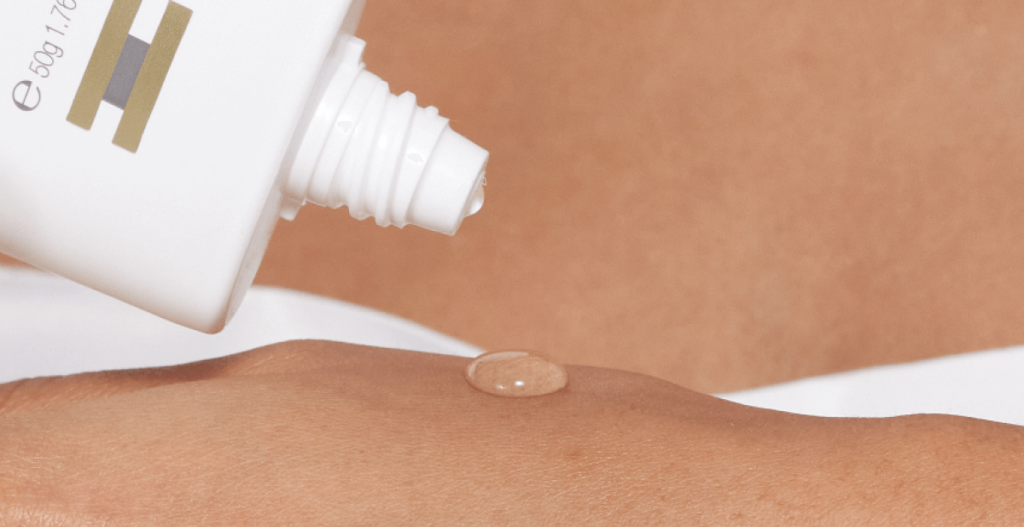
Alpha-hydroxy acids (AHAs)
How about AHAs? If they sound familiar, you’ve probably heard about glycolic acid. This powerful age-defying ingredient has excellent exfoliating and restoring benefits thanks to its ability to penetrate the skin quickly.
“Glycolic acid smooths skin with gentle exfoliation, helps with fine lines and wrinkles, and even improves texture. In short, it brightens up dull skin!”
– Dr. Anna Paré, President of Dermatology Consultants
How to exfoliate your face, step by step
Before you start: Choose the right exfoliant for your skin type or concern
There’s not a one-size-fits-all solution when it comes to facial exfoliants. So, make sure you choose a product that works for your particular skin type. You’ll also want to pay attention to the concentration of exfoliating acids, especially if it’s your first time or you have sensitive skin.
Here are our top recommendations:
Exfoliation for dry or sensitive skin
Glicoisdin Soft Cream is a rejuvenating treatment for all skin types, and especially dry skin. It contains 3.2% free glycolic acid to gently exfoliate the skin and blur fine lines. It also features ceramide and borage oil to enhance your skin’s elasticity and moisture levels.
For oily or acne-prone skin
Glicoisdin Moderate Gel is ideal for combination or oily and acne-prone skin. It’s formulated with soothing ingredients and 6.1% free glycolic acid to boost cell turnover, unify skin tone, and improve texture.
For skin with uneven pigmentation
Glicoisdin Intense Gel is perfect for skin that’s uneven in tone. It’s formulated with 9.5% free glycolic acid to exfoliate, combat dark spots, and blur fine lines. Plus, soothing aloe vera helps minimize the potential for irritation.
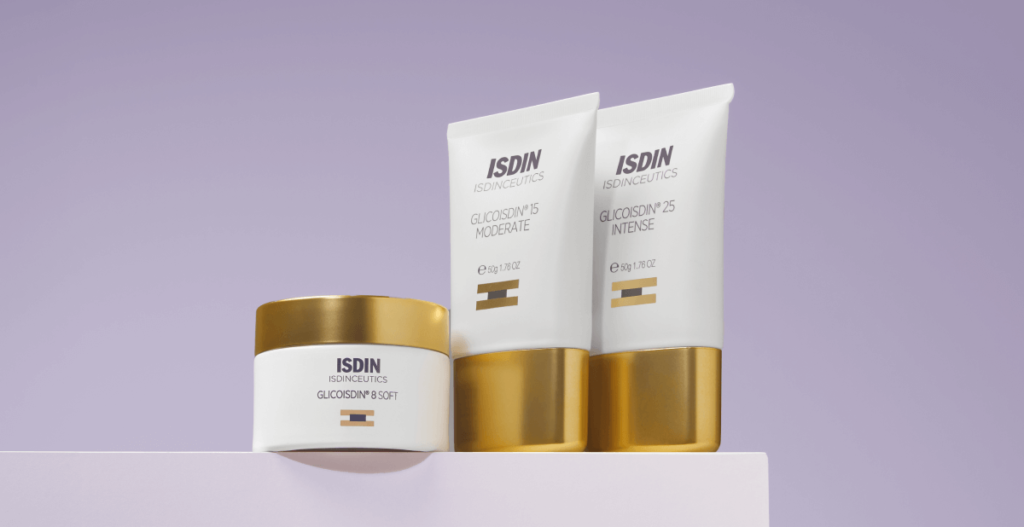
Step 1: Gently cleanse and dry your skin
First things first: remove any impurities that may have built up on your face during the day. This preps your skin for the next steps, making your evening skincare routine (including exfoliation) more effective.
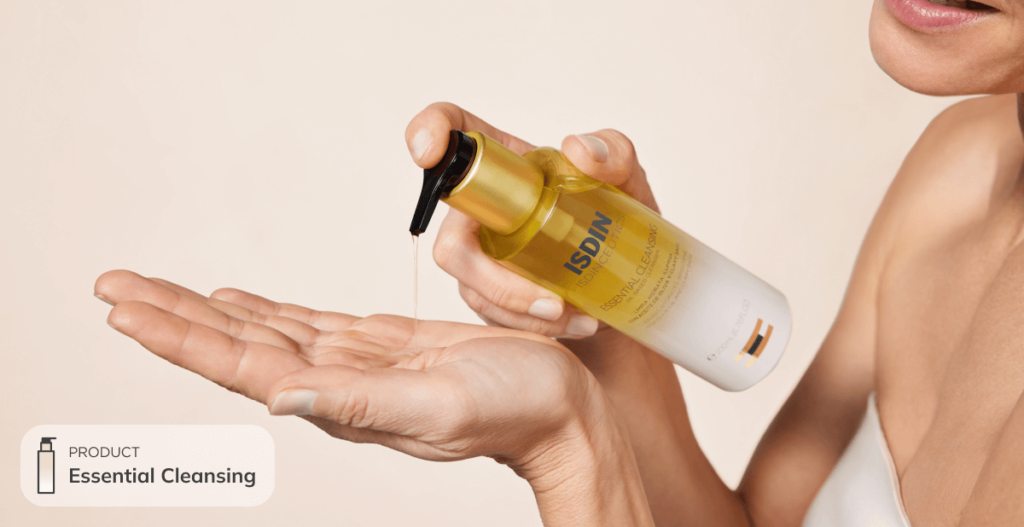
Step 2: Apply your favorite eye contour cream
The skin around the eye is some of the thinnest on the face. This means that a designated cream for this area is essential, but also that it should come before any exfoliants. Applying eye contour cream first will ensure this delicate area absorbs the ingredients it needs — and help protect it against any potential irritation from the next step.
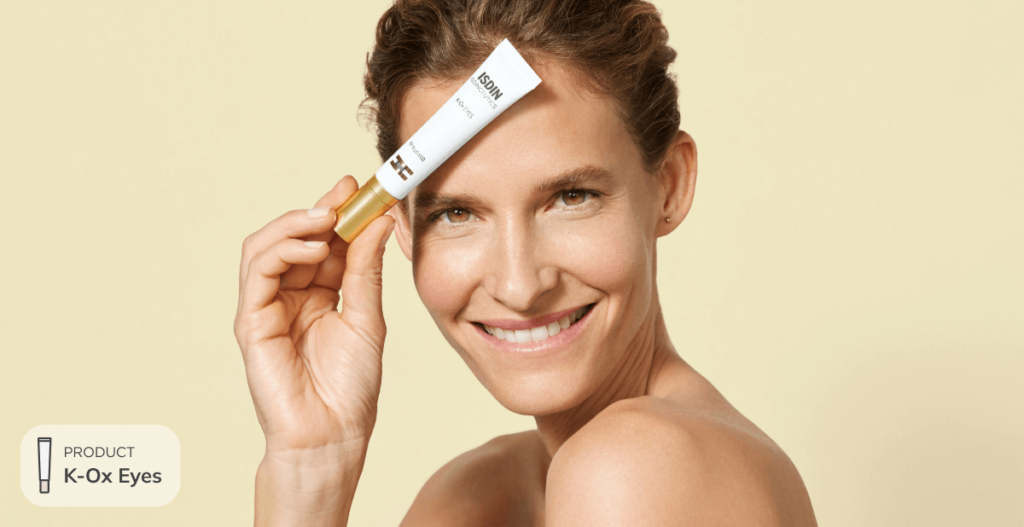
Step 3: Add in your exfoliant
Typically, it’s best to exfoliate your skin in the evening to give your protective skin barrier time to regenerate overnight. After applying eye cream, smooth on your exfoliating cream or gel — doing your best to avoid your eyes, mouth, and nostrils. Gently massage it into your skin until completely absorbed.
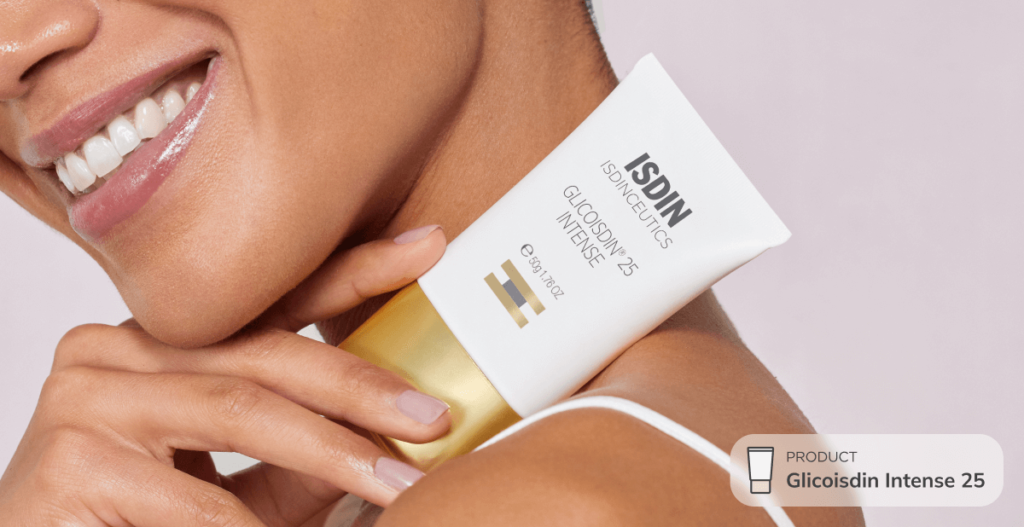
Step 4: Massage in a moisturizer
Depending on your skin’s needs, you can follow up exfoliation with a regenerating night cream to help minimize the chances of irritation. Plus, you’ll lock in some much-needed moisture.
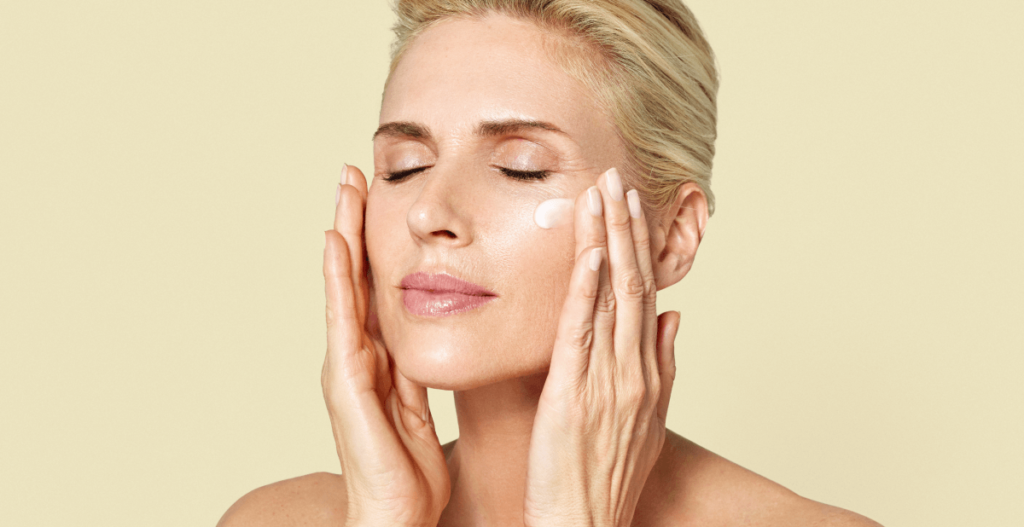
The next morning: Use sunscreen
You already know how important it is to apply sunscreen every day — and even more so if you’ve exfoliated your skin the night before. Exfoliating products containing AHAs can heighten the skin’s sensitivity to the sun and increase the chance of sunburn. Make sure to use broad spectrum sunscreen, wear protective clothing, and limit sun exposure.
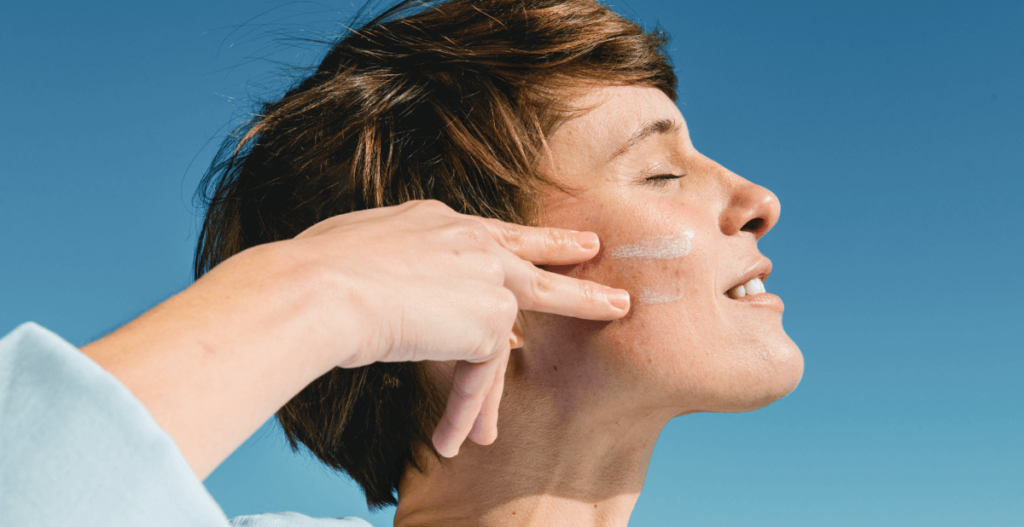
Tips for a perfect exfoliation routine
How often should I be exfoliating my skin?
When it comes to exfoliating, the golden rule is to start off in moderation. If you opt for a chemical exfoliant like glycolic acid, try starting with a low concentration, increasing as your skin adjusts.
During the first week of use, apply your product every other night. Then move up to nightly in the following weeks. Exfoliating your skin with harsh products or too often (over 2-3 times per week) can end up doing more harm than good.
Can I use the same exfoliant for my face and body?
It’s best if you don’t. Keep in mind that skin on the body is usually thicker and more resistant than facial skin. So it’s a good idea to use products that are specifically formulated for each area.
The final word
So, what are the main takeaways on how to exfoliate your skin? Exfoliate it with specific products for your skin type, moisturize daily, and, of course, make sure you wear sunscreen with a high SPF every single day!
References:
Clinical and cosmeceutical uses of hydroxyacids Barbara A Green 1, Ruey J Yu, Eugene J Van Scott https://pubmed.ncbi.nlm.nih.gov/19695482/ Cosmetic and dermatologic use of alpha hydroxyacids Philipp Babilas, Ulrich Knie, Christoph Abels https://pubmed.ncbi.nlm.nih.gov/22916351/ Glycolic acid peel therapy - a current review Jaishree Sharad https://pubmed.ncbi.nlm.nih.gov/24399880/ Chemical peels in active acne and acne scars Georgios Kontochristopoulos, Eftychia Platsidaki https://pubmed.ncbi.nlm.nih.gov/28274356/ Topical urea in skincare: A review Leonardo Celleno https://pubmed.ncbi.nlm.nih.gov/30378232/

